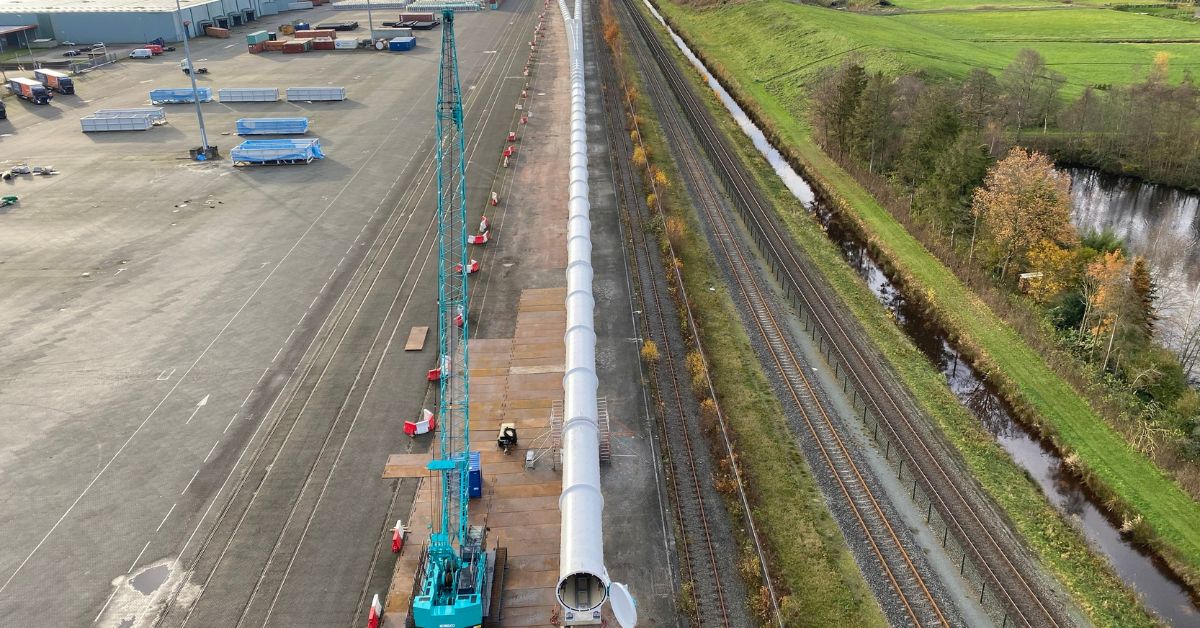DUBAI — It took NASA a total of eight years from deciding to go to the Moon to actually landing there in 1969. Over a decade has passed since Elon Musk proposed a blueprint for hyperloops in his famous ‘Alpha Paper’ in 2013. While many companies and countries have bought into the idea, we have yet to see a hyperloop commercially operate on Earth.
Amidst the evolution of bullet trains, Hyperloop One, also known as Virgin Hyperloop, recently faced a setback. In December 2023, the company sold off its assets, laid off its remaining workers, and shut down. Dubai’s multinational logistics company, DP World, reportedly invested nearly $200 million in it, almost half of the $450 million the company raised since its founding in 2014.
TRENDS reached out to several officials from DP World for their statements on the failed project, which was expected to allow people in the UAE to travel via the hyperloop by 2030. Adal Mirza, Group Vice President – Media Relations, Group Communications at DP World, responded by stating, “Unfortunately, we are not able to comment on this topic.”
Observers worldwide are labeling this transport technology as a scam, a con, or more gently, a pipe dream, aimed at extracting money from venture capital and governments eager to present themselves as innovative and forward-thinking.
Even before the Hyperloop One collapse, governments across the MENA region were primarily focused on allocating some $167 billion in contracts to build their rail agendas, rather than investing in hyperloops, according to published reports.
While hyperloop systems might one day become operational, their initial use will likely be for transporting cargo rather than people, which is itself a cause for surprise.
So, what hype did hyperloop enthusiasts buy into?
We are now a decade removed from the release of Elon Musk’s ‘open-sourced’ whitepaper detailing the design and development of a low-pressure tube system dubbed the ‘hyperloop operating system.’ Yet, the infrastructure for transportation corridors between any two cities has not been fully developed.
We are closer than ever to achieving this. In 2024, we will begin our project in Italy, which aims to be the first commercial hyperloop system in the Western World.
Andrés de León, CEO of HyperloopTT
Hyperloops, projected to travel at speeds of 1,000 to 1,200 km/h, would only benefit cities if they are at least 500–800 km apart.
Most global financiers are keeping their distance, preferring investments with less risk and shorter-term returns, contributing to delays in hyperloop implementation. Private equity firms typically have exit strategies ranging from five to seven years, but for hyperloops, the timeline extends to 20-30 years, a duration potentially suitable only for wealthy governments.
Unquestionably, the technology to create a train system capable of reaching speeds of thousands of kilometers per hour is available or within reach. However, building such a system on a large scale could prove too costly for even the wealthiest economies, past or present.
The author of the Alpha document estimated the total cost of a Hyperloop at under US$6 billion for two one-way tubes and 40 capsules, or about US$10 million per kilometer for a passenger system.
Over time, other estimates have placed the costs closer to US$15.5 million to US$16.8 million per kilometer. In 2020, a member of the US House Committee estimated the cost at US$33.6 million per kilometer.
Some studies have shown that constructing a hyperloop from Los Angeles to San Francisco would cost a minimum of US$100 million per kilometer, in stark contrast to the cost of a rural, undivided, 2-lane paved road, which typically costs around US$1.24 million to US$2.48 million per kilometer.
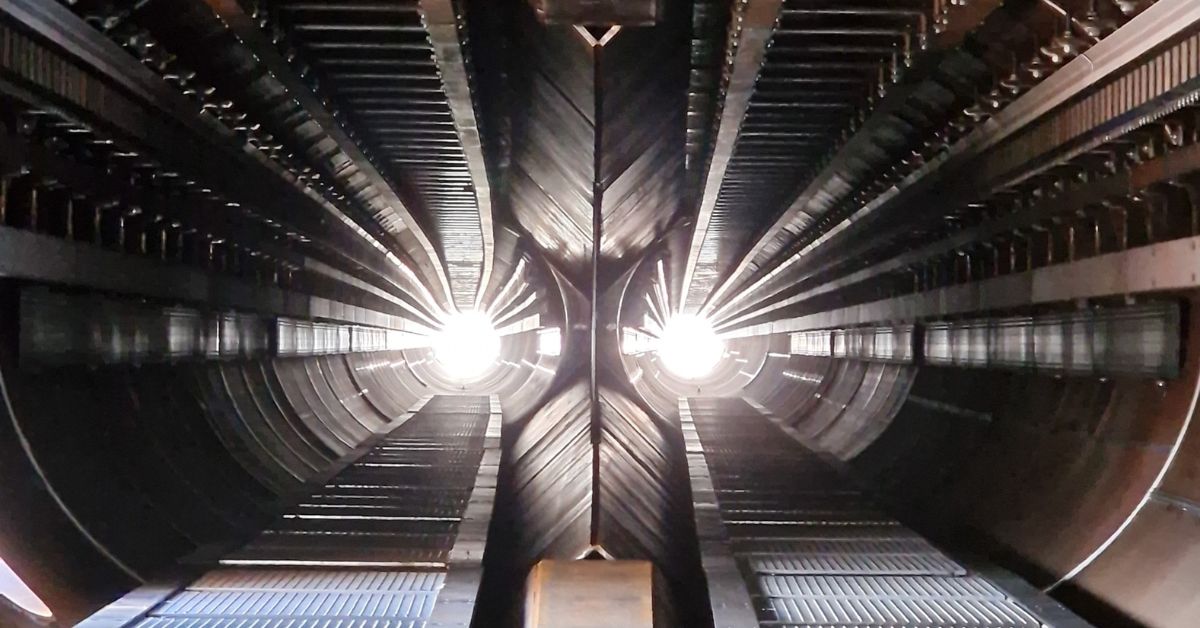
Beyond the costs, developing an effective fail-safe system for high-speed travel, covering everything from power loss or track issues to cyberattacks and natural disasters, increases costs exponentially.
In terms of safety, Musk’s whitepaper proposed a levitation system where air is expelled through small holes to lift and propel the passenger capsule without it touching the tunnel’s walls.
In recent years, the Hyperloop industry has seen a noticeable shift towards Maglev, or magnetic levitation, instead of air-bearing levitation. Maglev offers higher energy efficiencies and lower maintenance costs. At high speeds, Maglev avoids the wear and tear and accumulation of small debris that occur with air levitation systems, which could lead to catastrophic failures.
Other technical challenges include managing temperature variations, such as those in desert environments, whether in the US or the GCC. Research has found that a 600km hyperloop tube could expand and contract by 300 meters with a 40°C temperature change between day and night, as is common in California. This poses significant challenges for near-vacuum travel.
Another major obstacle for hyperloop systems is the construction of costly miles-long tubes and stations, acquiring rights of way, adhering to government regulations, and avoiding environmental damage along its routes.
Passenger or cargo hyperloops could encourage urban sprawl in previously untouched areas, potentially stirring ecological risks and concerns.
Developing a new mode of transport takes time… For the Hyperloop, there are new technical challenges to be solved.
Tim Houter, Co-founder of Hardt Global
DP World and Hyperloop One
In 2016, Hyperloop One signed a partnership with DP World to collaborate on an economic and technical feasibility study of how Hyperloop technology could enhance the efficiency, profitability, and sustainability of DP World’s Jebel Ali Port.
DP World invested US$50 million in funding at that time. In 2018, the two signed a partnership to create DP World Cargospeed, a company aiming to provide freight delivery services through hyperloop technology, where a vehicle is propelled through a near-vacuum tube at speeds of up to 300 meters per second, two to three times faster than speeds achieved with high-speed rail.
Hyperloop One did test the technology in a semi-vacuum environment using electric propulsion and electromagnetic levitation and aimed for product certification by 2025.
Hyperloop One claimed it would reduce travel time between Dubai and Abu Dhabi from one hour to 12 minutes, transporting up to 50 million passengers annually. The original transport corridor for the hyperloop was from Abu Dhabi to Al Ain.
However, a 2022 report by Lux Research Inc., a global research and advisory services company, stated that Hyperloop One developers were far too optimistic in predicting commercial operation by 2030. They cited the lack of a certified test facility and steep costs as key factors delaying progress.
Tim Houter, Co-founder of Hardt Global, highlighted in an interview with TRENDS that hyperloops are still in development and that “with a strong commitment from the Dubai government, that timeline is feasible.”
In another interview, Andrés de León, CEO of HyperloopTT, stated that the company cannot speak to the situation with Hyperloop One beyond that “we took a very different business approach to this new form of transportation.”
“The achievements at Hyperloop One remain historic and have contributed to the overall global interest and demand for this sustainable high-speed transit system,” de León said.
Now that it is defunct, Hyperloop One’s remaining intellectual property will be transferred to DP World, according to a person familiar with the situation who spoke to Fortune.
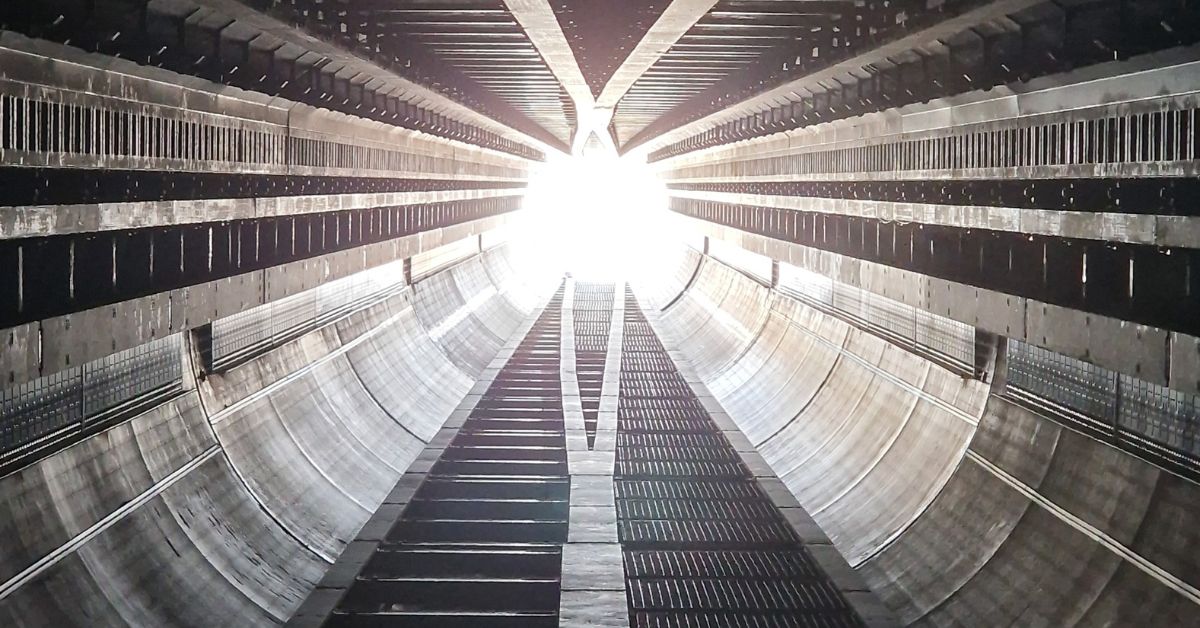
Saudi and Hyperloop One
Saudi Arabia also announced its intention to develop a hyperloop project when the country’s Ministry of Transport signed a contract with Virgin Hyperloop One in 2020 for a preliminary study on the use of the technology for transporting passengers and goods within the Kingdom. The initial corridor was between Dammam and Jubail.
Earlier, in July 2019, Virgin Hyperloop and the Saudi Economic City Authority signed an agreement to conduct a feasibility study to build a world-class Hyperloop Centre of Excellence.
This included an extended 35-km test and certification track, a research and development center, and a hyperloop manufacturing facility at King Abdullah Economic City. The technology was intended to reduce travel time from Riyadh to Jeddah to 76 minutes, down from over 10 hours using today’s trains.
Another report by the International Trade Administration indicated that the Saudi-based company Emaar planned to construct the world’s longest hyperloop track, situated 100km from Jeddah. This track aims to interconnect multiple cities throughout the Kingdom and run at speeds ten times faster than existing rail systems, working closely with Virgin Hyperloop One (VHO) as the main consultant for this billion-dollar project.
According to VHO at the time, the project was estimated to create over 124,000 jobs in Saudi Arabia and add US$4 billion to its GDP by 2030.
Hyperloop One conducted the first human trial in November 2020 at its test site in Las Vegas, reaching top speeds of 172 km/h. The startup’s co-founder, Josh Giegel, participated in the trial and spoke about developing a network that could reduce travel time from Riyadh to Abu Dhabi to just 48 minutes.
Cargo Hyperloops
Focusing on cargo is considered less risky than developing passenger hyperloops and requires fewer regulatory approvals.
Jack Phillips, head of infrastructure and mechanical engineering advisor at Texas Guadaloop, a company developing Hyperloop technology, mentioned that regulations for the Hyperloop are still behind, as it is a new technology.
“Hyperloop can’t scale in America because the regulations to do so safely and effectively don’t even exist yet,” he said.
In January 2023, almost a year before folding, VHO laid off over 100 employees, halted the development of a hyperloop route in India, and instead shifted its focus to cargo transport.
Hyperloop can’t scale in America because the regulations to do so safely and effectively don’t even exist yet.
Jack Phillips of Texas Guadaloop
An Edmonton-Calgary ultra-high-speed Hyperloop transportation line, built by Transpod, aims to have Albertans shuttling between Calgary and Edmonton in train-like pods at speeds of up to 1,000 km/h through magnetic tubes. Initially, it will carry cargo, and eventually, people, when it starts operation in 2027.
“Our biggest challenge has been access to capital,” said Sebastien Gendron, Co-Founder & CEO of TransPod Inc. The company requires $550 million for hyperloop construction and $300 million to run the company—a risky investment for many potential investors.
A passenger system would cost considerably more than one focused on cargo due to the need for less angled track curves to avoid discomfort, not to mention the need for flawless safety guarantees to avoid tube friction during travel, catastrophic loss of pressure, or lack of oxygen for those traveling.
The situation is similar to the difference between sending an unmanned spacecraft to the moon versus landing astronauts there: the human element makes it much costlier and riskier. Yet, the question remains whether the benefits of an ultra-fast cargo transport system justify the costs of building it.
Carlo van de Weijer, director of smart mobility at Eindhoven University of Technology in the Netherlands, questions the urgency behind hyperloop technology, stating, “Most cargo takes two and a half weeks to come from China. Why do you suddenly need to move it somewhere in 10 minutes?”
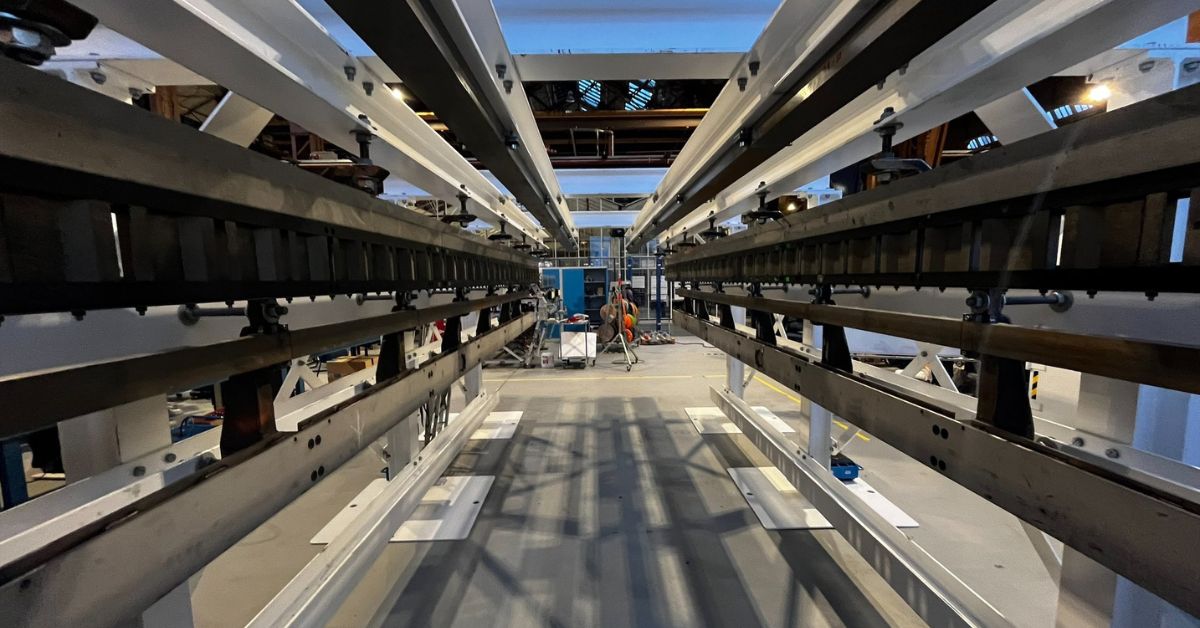
HyperloopTT Interview
In an interview, Andrés de León, CEO of HyperloopTT, expressed confidence in the progress of hyperloop technology.
“It is not true that there are no hyperloops in operation. Companies like ours and Hyperloop One have created prototype versions of this technology that have been successfully demonstrated. Regarding a commercial operating system, we are closer than ever to achieving this. In 2024, we will begin our project in Italy, which aims to be the first commercial hyperloop system in the Western World,” de León said.
He added, “In China, they have already tested their technology and are building a system there. We believe there is a lack of understanding of the effort it takes to bring this technology to the world. We are not building cars, drones, or apps like other tech companies. Hyperloop is a system designed to cross borders, at speeds previously unattainable, and as such requires governments, regulations, and certifications that had to be created.”
When asked about the safety risks associated with hyperloop passenger transport, de León said, “HyperloopTT’s systems are safer for passengers than any other currently available form of transportation. The system we are developing in Italy, called Hyper Transfer, will be for both passengers and cargo,” without addressing specific safety concerns faced by other hyperloop developers.
Regarding the resilience of hyperloop systems under various environmental conditions, de León said, “We have proven the integrity of our system at low pressure at our facility in Toulouse, France. Other companies have shown speed tests under low pressure, and we aim to achieve new land speed records in a longer commercially viable system like the one we are developing in Italy.”
HyperloopTT systems are capable of operating at a cost low enough to make them profitable. This cannot be said for other high-speed rail systems.
Andrés de León, CEO of HyperloopTT
On the economic viability of hyperloops, de León said, “HyperloopTT systems are capable of operating at a cost low enough to make them profitable. This cannot be said for other high-speed rail systems.”
As for the timeline of their hyperloop project, de León said, “We are proceeding through the first phase of the Italian Hyper Transfer project right now. We expect to build the first prototype there in the next few years.”
Countries racing to deliver the world’s first operational Hyperloop
Efforts underway across the globe, from the U.S. to Canada, Asia, and Europe.
The United States
In the U.S., numerous ventures are at different stages of hyperloop development. Notably, Elon Musk’s The Boring Company has completed a 6.5-mile (10.5 km) test tunnel in Hawthorne, California, which aims to implement hyperloop technology. This hyperloop is believed to have the potential to reduce travel time between Washington D.C. and New York to fewer than 30 minutes, down from 1 hour and 20 minutes by plane.
Canada
Alberta is moving forward with a planned route between Calgary and Edmonton, with five stations/hubs planned for the route and a detailed timeline for construction. Research and development, securing of construction permits, completion of environmental assessments, and land acquisition are set to continue in 2024. Track construction, high-speed tests, and certification are scheduled between 2023 and 2027, with construction of a full inter-city line between Edmonton and Calgary beginning in 2027.
China
A report from the South China Morning Post indicated that a Chinese version of Musk’s hyperloop vision aims to be operational by 2035, linking Shanghai and Hangzhou in 15 minutes for a 108-mile journey.
In 2022, Chinese officials announced a successful full-scale test of a maglev hyperloop train in a vacuum tube, along with two additional tests on a purpose-built test track. Plans for a 60km hyperloop to be built in Yanggao County were also announced.
China already operates the world’s fastest high-speed rail train, the Shanghai Maglev, with a commercial service record speed of 431 km/h and a manned superconducting Maglev test speed of 603 km/h in April 2015.
South Korea
South Korea has produced the world’s first scale model of a hyperloop for an actual route between Seoul and Busan, with the South Korean steel company POSCO developing the first tubing specifically for the Hyperloop.
Spain
Valencia-based Zeleros has been invited to build the test circuit for the SELF-Booster, a pilot project to demonstrate the company’s hyperloop technology and its application to automated and fully electric container handling. Zeleros is at the forefront of a Europe-wide modular short series battery strategy, crucial for all categories of electrified transport, including hyperloop pods, which can individually hold up to 28 passengers.
Switzerland
Lorenzo Benedetti, the R&D director at the EuroTube Foundation, is supported by the Swiss government to build the Hyperloop. “EuroTube has been recognized by the Swiss government as a national facility of strategic importance,” Benedetti stated.
EuroTube is constructing the AlphaTube test tunnel, which is planned to span 3 km by 2.5 meters wide, allowing trains to travel up to 900 km/h. However, there appears to be some confusion regarding the project’s official status.
“There is no project and there are no official documents inside the Swiss Federal Office of Transport (FOT) concerning Euroloop/Hyperloop/EuroTube,” Marcel Hepp, Deputy Chief of Section and Legal Counsel at the Federal Department of Environment, Transport, Energy, and Communication, told TRENDS.
He noted that any project intended for public transport of passengers could fall under the FOT’s jurisdiction if decided by the Federal Council, but until then, cantonal or local authorities are competent. This indicates that a passenger hyperloop poses a significant challenge for many authorities, including the Swiss government.
The Netherlands
Groningen is set to host the European Hyperloop Center, the beneficiary of the first-ever public funding by the European Commission, which pledged US$19 million to Dutch firm Hardt Hyperloop for development and research into the technology.
Alongside the center already under construction, Hardt also announced plans to build a hyperloop between Rotterdam and Amsterdam. The ‘Cargo Hyperloop Holland’ loop, supported by over 30 different partners, will have the capacity to handle the equivalent of 500 trucks per hour.
Meanwhile, the European Commission is actively working on a regulatory framework for Hyperloop systems.
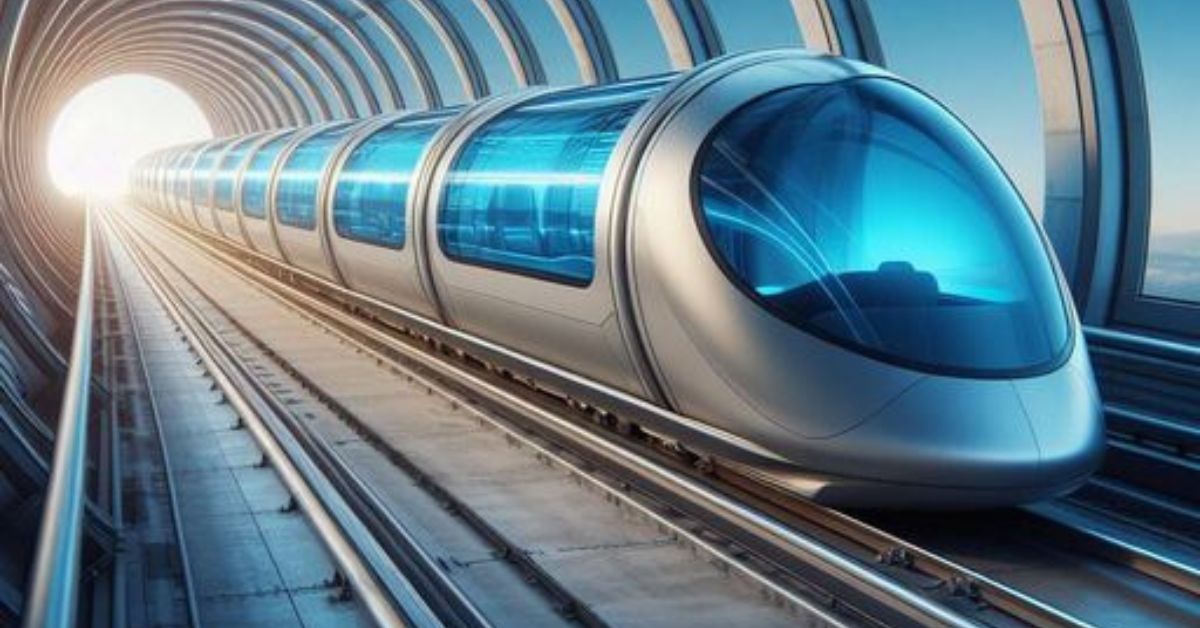
Hardt Global co-founder’s take
In an interview with Tim Houter, co-founder of Hardt Global, the challenges of bringing a hyperloop into operation a decade after Elon Musk’s alpha document were discussed.
“Developing a new mode of transport takes time. In comparison, developing a new aircraft takes around 10 years nowadays, and that’s a proven concept. For the Hyperloop, there are new technical challenges to be solved, as well as acquiring land and constructing the infrastructure. Additionally, there are no safety standards yet, as well as a certification process,” Houter said.
He added that these issues are gradually being resolved, noting, “We have realized a proof of concept hyperloop test facility, multiple subsystem test setups, and we will start testing in the 420-meter European Hyperloop Center in the coming months.”
Are hyperloops facing passenger safety risks?
“We envision one system for both passengers and cargo. Passenger transport shows the most potential business case, while cargo transport becomes interesting once a hyperloop network is built. Therefore, we deem it likely that the first hyperloops will be for passengers, similar to the first application of the MagLev transport system,” Houter said.
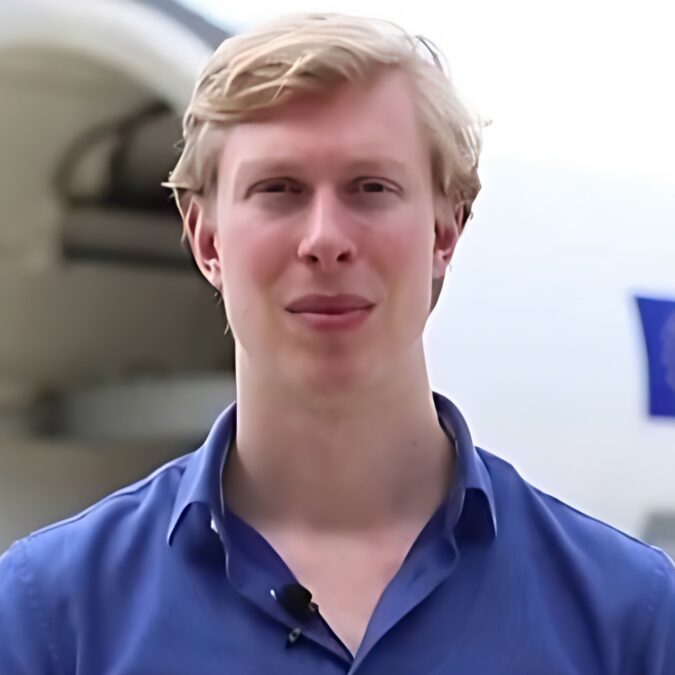
What testing has your hyperloop undergone for high and low-temperature conditions in near or low-vacuum environments?
“We have developed an infrastructure prototype of 36 meters with expansion joints to cope with the expansion and compression due to temperature differences while maintaining a low 0.1 percent atmospheric pressure in 2021. This concept with expansion joints is now implemented at the European Hyperloop Center (420 meters test facility in length, all pipes have been placed in 2023) in which we expect to reach speeds between 80-100 km/hr,” Houter said.
Do hyperloop building and maintenance costs justify the revenues?
“We did a study on the costs of the hyperloop together with Deutsche Bahn Engineering and Consulting in 2022, which resulted in a system that is 10 percent more cost-effective compared to high-speed rail. Currently, based on the lessons learned from building the hyperloop pipes for the European Hyperloop Center, we expect up to 25 percent lower costs compared to high-speed rail. This is driven by the low land use of the hyperloop infrastructure and the use of prefabricated infrastructure components,” he said.
When will your hyperloop project come to life?
“The European Hyperloop Center will come to life with its first tests this year. For the first route, we are on track for a hyperloop pilot in 2030.”
Countries Keeping an Eye on Hyperloops
India: India had high hyperloop ambitions but is unlikely to proceed with a government-funded ultra-high-speed train in the near future as the technology is at a ‘very low level’ of maturity and may not be economically viable at the current juncture, according to NITI Aayog Member V K Saraswat. Saraswat also mentioned that foreign companies continue expressing interest in building hyperloops in the country.
Australia: A spokesperson for the Australian government, Department of Infrastructure, Transport, Regional Development, Communications, and the Arts told TRENDS: “The Australian government is not actively considering tests or trials of the Hyperloop concept in Australia, but the Department is keeping a watching brief on international developments in this area.”

